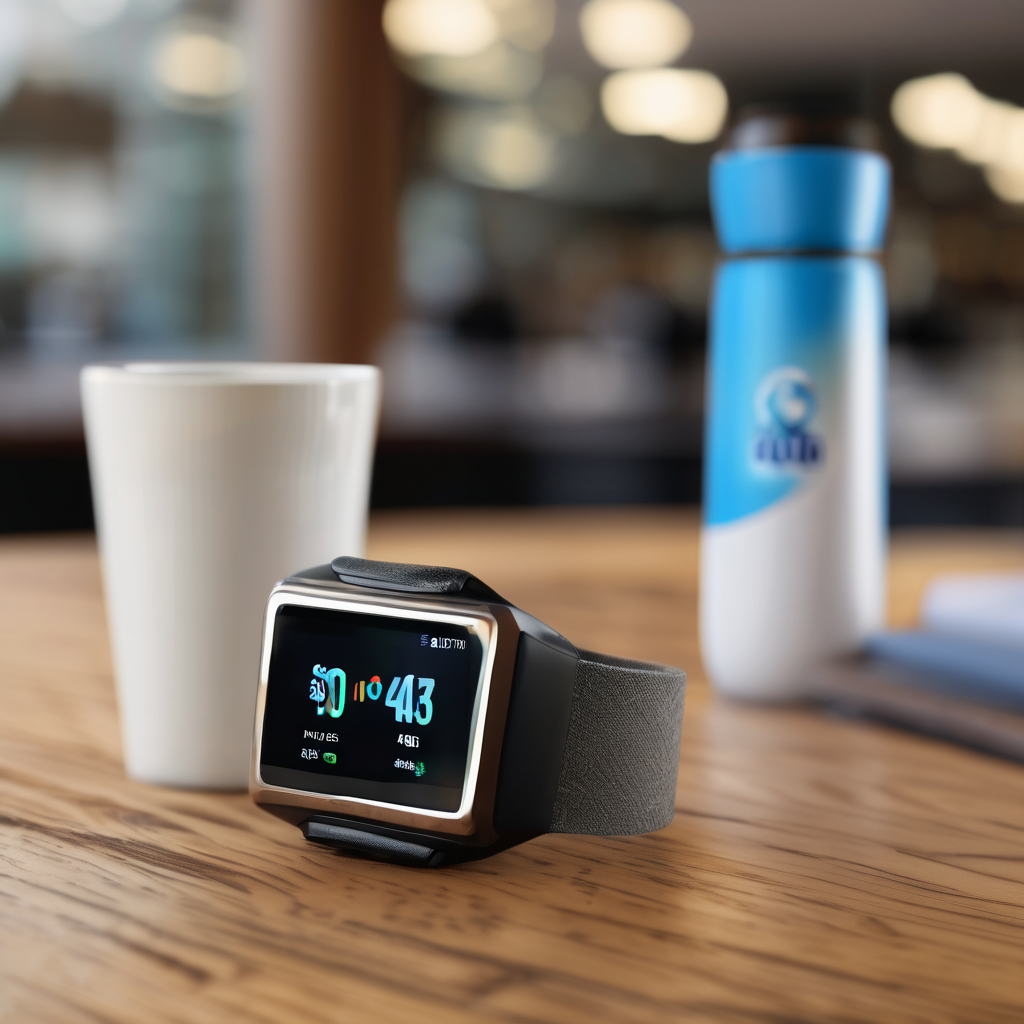Kevin Rose presents a critical new perspective on the future of AI hardware: if a wearable device is so unattractive that it provokes a desire to confront its wearer, it likely won’t succeed in the market. This provocative viewpoint serves as a litmus test for social acceptability, a crucial aspect often overlooked in the development of innovative gadgets.
As a general partner at True Ventures and an early investor in renowned companies such as Peloton, Ring, and Fitbit, Rose suggests that the survival of AI wearables hinges on their ability to integrate smoothly into everyday life. Issues like recording audio without consent, constantly active microphones, and intrusive designs can lead to cultural disapproval and social isolation, making it essential that products be compatible with various environments, from homes to workplaces, and even during dates.
Research from studies conducted by Microsoft Research and academic labs has repeatedly shown that the context and appearance of a device are as vital as its functionality. Rose’s heuristic, “would it make someone reach out and grab?” expertly condenses this extensive research into a straightforward evaluation criterion.
The failure of some high-profile tech products underscores the importance of social acceptability. Google Glass, for instance, became synonymous with invasive surveillance due to its lack of clear consent prompts, earning its users the derisive nickname “Glassholes.” In contrast, Snap’s Spectacles struggled to gain traction despite implementing visible recording lights, while the recent launch of the Humane AI Pin faced challenges associated with battery life and perceptions of surveillance, leading to a recall of its charging accessory.
Conversely, products that have found success tend to blend seamlessly into daily routines. Rose highlights the Oura ring, which he endorsed while on its board, as a prime example of a device that is discreet and focused on health metrics, allowing for 80% market share in the smart ring sector due to its practicality and understated design. Similarly, Meta’s Ray-Ban smart glasses succeeded by resembling traditional eyewear while offering clear indicators of recording activity.
Market dynamics indicate that wearables are in high demand, particularly in segments like hearables and smartwatches. However, the presence of camera-equipped gadgets remains minimal, not due to technological limitations, but rather consumer discomfort. Research from the Pew Research Center shows that a significant majority of Americans feel they lack control over their personal information, making products that appear to invade privacy less appealing.
Legal considerations further complicate the landscape. Many U.S. states mandate consent for audio recording, and workplaces often prohibit cameras, placing potential users in precarious situations. Consequently, there is hesitance to adopt products that might lead to uncomfortable conversations or legal complications.
To align with Rose’s framework, future AI wearables should adhere to specific design guidelines. Features such as clear and unmistakable recording indicators, on-device processing with opt-in cloud syncing, and user-friendly controls are essential. Products should focus on providing non-intrusive value, emphasizing health-related metrics or enhancing accessibility rather than merely logging everyday life indiscriminately.
Additionally, technologies should facilitate positive interactions and relationships rather than exacerbate conflicts. Building features designed for collaborative use rather than for individuals alone can lead to better acceptance, fostering an environment where devices support rather than disrupt.
For investors and founders, Rose’s insights advocate for a more disciplined approach amidst the fervor of the AI hardware boom. Success will favor those who prioritize social acceptability from the outset, ensuring that the products they develop are not only technologically advanced but also socially endorsed. Testing in real-world contexts and validating user consent mechanisms early in the design process will be crucial in fostering acceptance. Ultimately, hardware that passes this “punch test” will carve out a space in daily life, paving the way for a favorable adoption curve.
